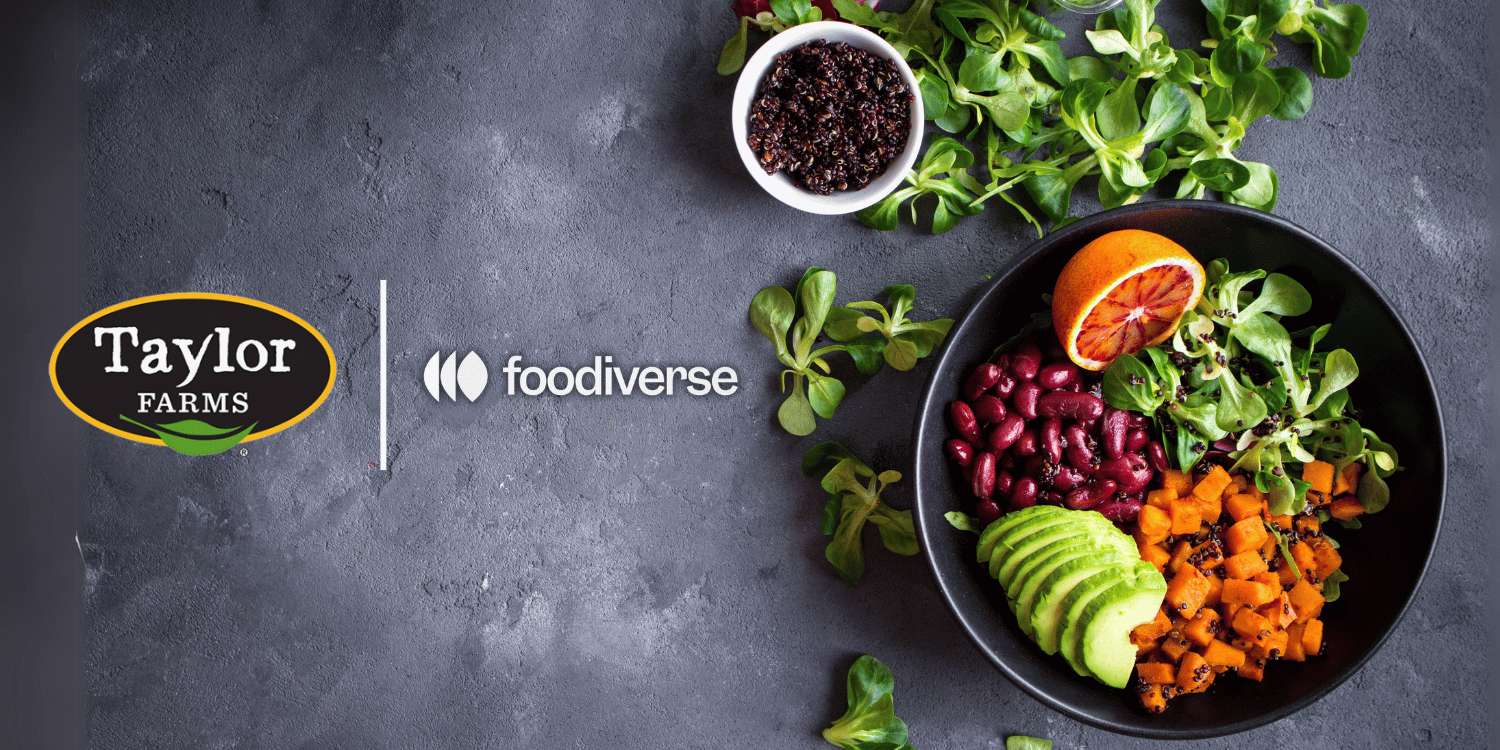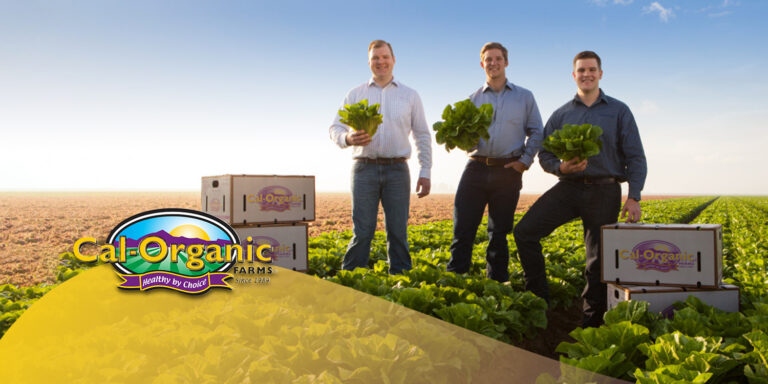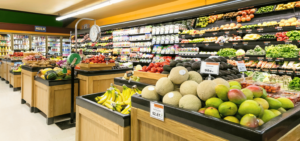New report reveals digital transformation in grocery shopping, with online sales expected to reach $388 billion by 2027
The Food Industry Association and NielsenIQ reveals a dramatic transformation in grocery shopping behavior.

The study, titled Digital Engagement Transforms Grocery Shopping, highlights that over 90% of shoppers now purchase groceries both in-store and online.
This shift is attributed to the rapid adoption of digital tools and technologies that have reshaped the grocery landscape in recent years, a change that has been accelerated by the COVID-19 pandemic.
FMI and NielsenIQ predicted that by 2025, spending by digitally engaged grocery shoppers would reach $100 billion, representing 20% market penetration.

The latest projections indicate that total U.S. online sales for grocery items could reach $388 billion by 2027, capturing nearly 25% of the market.
This surge demonstrates the growing influence of ecommerce platforms, retailer apps, social media, and AI-powered personalization in the grocery industry.
Digital engagement now forms the cornerstone of growth strategies for food retailers and manufacturers.

“Consumers are seamlessly blending in-store and online experiences to meet their needs. Our research underscores the urgency for food retailers and manufacturers to adapt to this omnichannel reality and leverage digital technologies to enhance convenience, personalization, and trust. Trading partners need to meet consumers where and how they want to be met.”
Mark Baum, CCO at FMI, Inc
This statement reinforces the importance of aligning marketing and sales strategies with the evolving habits of consumers who are increasingly reliant on digital platforms.
While online sales are growing at a faster pace for both food and nonfood categories, traditional brick-and-mortar retail still holds a significant share of the overall grocery market.
Retailers must innovate and integrate their online and offline channels to capture the full spectrum of consumer behavior.
For instance, 92% of retailers are now utilizing advanced technologies, including artificial intelligence, to tailor shopping and marketing experiences, ensuring that personalization becomes a key driver in consumer engagement.
Generational trends also play a significant role in this transformation.
The study points out that Gen-Z shoppers are initiating their shopping journeys online, heavily influenced by social media platforms.
Millennials, on the other hand, have shown the highest rates of online purchasing, indicating that digital strategies must cater to the unique preferences of these age groups.
The COVID-19 pandemic served as a catalyst for this digital evolution, forcing both consumers and retailers to rapidly adapt to new shopping realities.
As brick-and-mortar stores reconfigured their operations and embraced omnichannel strategies, the boundaries between in-store and online shopping began to blur.
This ongoing shift has prompted retailers to re-evaluate traditional business models and invest heavily in digital infrastructure.
An example of this adaptation is the increasing popularity of curbside pickup, now preferred by 31% of shoppers, compared to same-day home delivery, which has seen a slight decline to 29%.
These figures highlight how consumer preferences are evolving towards more flexible and convenient shopping options.
Retailers and manufacturers are urged to prioritize a connected commerce strategy that embraces channel fluidity, allowing shoppers to transition seamlessly between online, in-store, and social media platforms.
This integration is essential not only to meet consumer expectations but also to drive growth and competitiveness in an increasingly digital marketplace.

“Digital engagement is no longer a complementary strategy, it’s essential to growth. With online food sales projected to reach $388 billion by 2027, retailers and manufacturers must prioritize ecommerce and social commerce strategies to meet the expectations of digitally connected consumers.”
Kim Cox, Managing Director of Omnicommerce at NielsenIQ
This sentiment clearly reflects the strategic pivot necessary for companies aiming to thrive in the current retail environment.
As consumers continue to demand convenience and personalized experiences, the grocery industry is set to witness even greater integration of digital and physical shopping channels in the near future.




















